In common with certain philosophic institutions of Asia, the Jewish Mysteries contained a strange doctrine concerning the shadows of the Gods. Gazing down into the Abyss, the Elohim beheld their own shadows and from these shadows patterned the inferior creation. “In the dramatic representation of the creation of man in the Mysteries,” writes the anonymous Master of Balliol College, “the Aleim [Elohim] were represented by men who, when sculpturing the form of an Adamite being, of a man, traced the outline of it on their own shadow, or modelled it on their own shadow traced on the wall. This is how the art of drawing originated in Egypt, and the hieroglyphic figures carved on the Egyptian monuments have so little relief that they still resemble a shadow.”
In the ritualism of the early Jewish Mysteries the pageantry of creation was enacted, the various actors impersonating the Creative Agencies. The red dirt from which the Adamic man was fashioned may signify fire, particularly since Adam is related to the Yod, or fire flame, which is the first letter of the sacred name Jehovah. In John ii. 20 it is written that the Temple was forty and six years in the building, a statement in which St. Augustine sees a secret and sacred Gematria; for, according to the Greek philosophy of numbers, the numerical value of the name Adam is 46. Adam thus becomes the type of the Temple, for the House of God-like primitive man–was a microcosm or epitome of the universe.
In the Mysteries, Adam is accredited with having the peculiar power of spiritual generation. Instead of reproducing his kind by the physical generative processes, he caused to issue from himself–or, more correctly, to be reflected upon substance–a shadow of
NOAH AND HIS ZODIACAL ARK.
From Myer’s Qabbalah. The early Church Father–notably Tertullian, Firmilian, St. Cyprian, St. Augustine, and St. Chrysostom–recognized in the ark a type or symbol of the Holy Catholic Church. Bede the Venerable, declared that Noah in all things typified Christ as Noah alone of his generation was just, so Christ alone was without sin. With Christ there was a sevenfold spirit of grace: with Noah seven righteous Persons. Noah by water and wood saved his own family Christ by baptism and the cross saves Christians. The ark was built of wood that did not decay. the church is composed of men who will live forever, for this ark means the church which floats upon the waves of the world.
The diagram shown above is also reproduced in The Rosicrucians, by Hargrave Jennings. This author adds to the original diagram appearing in Antiquitatum Judaicarum Libri IX the signs of the zodiac, placing Aries at the head and continuing in sequential order to Leo, which occupies the fifth cross section of the ark. Jennings assigns the panel containing the door to the undivided constellation of Virgo-Libra-Scorpio (which is continued into the first subdivision of the second section) and the remaining four cress sections to the constellations of Sagittarius to Pisces inclusive. A study of the plate discloses the ark to be divided into eleven main sections, and along the base and roof of each section are shown three subdivisions, thus making in all the sacred number 33. Occupying the position corresponding to the generative system of the human body will also be noted the cross upon the door of the central section. Two openings are shown in the ark: one–the main door representing the orifice through which the animal lives descend into physical existence; the other a small window proximate to the crown of the head through which the spirit gains liberty according to the ancient rites.
“When the androgenic Scorpio-Virgo was separated and the Balance or Harmony made from Scorpio, and placed between Scorpio, i.e., male, and Virgo, i.e., female, then appeared the 32 constellations or signs, as we now have them. The ark is three stories high (perhaps to symbolize Heaven, Man, Earth). In the figure of the Man, notice the parting of the hair in the middle of the forehead and the arrangement of the beard, whiskers, moustache and the hair, on the back of the neck and shoulders.” (See The Qabbalah by Isaac Myer.)

Moe is the founder of GnosticWarrior.com. He is a father, husband, author, martial arts black belt, and an expert in Gnosticism, the occult, and esotericism.


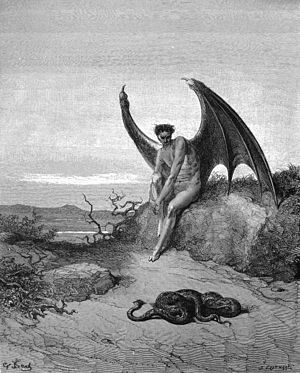

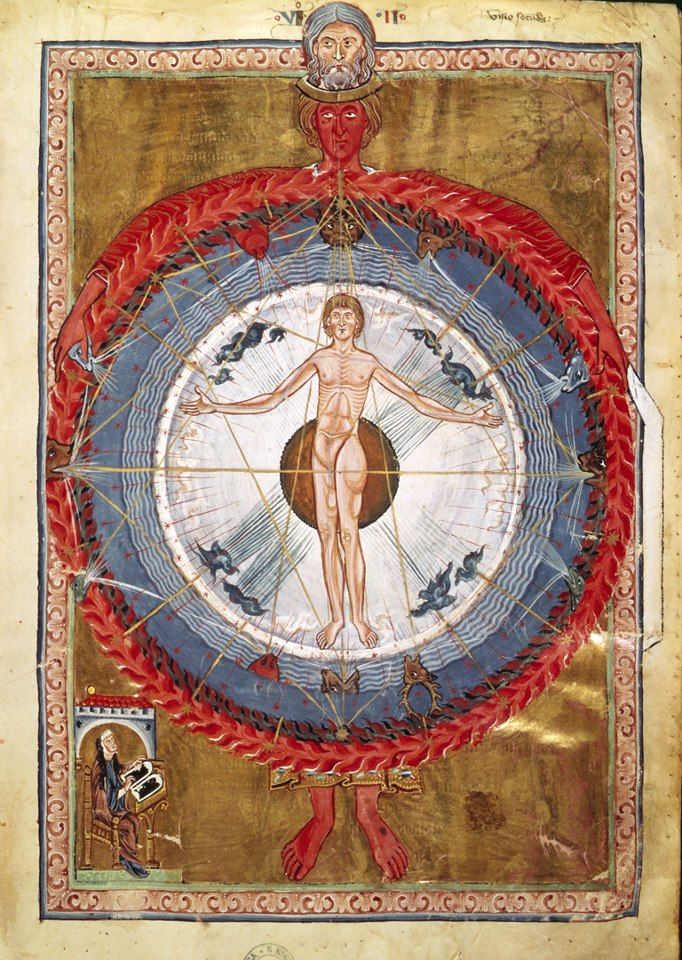
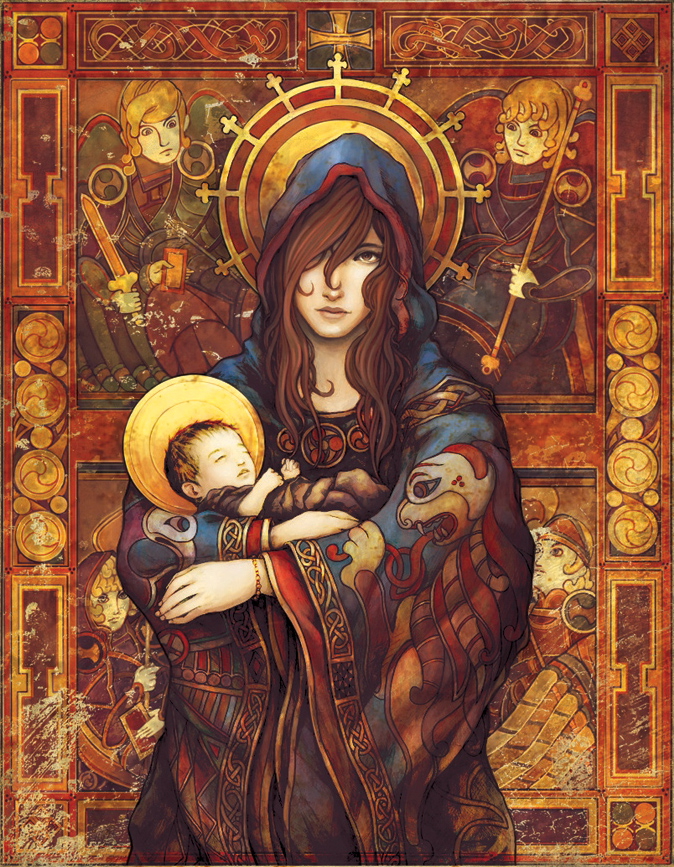
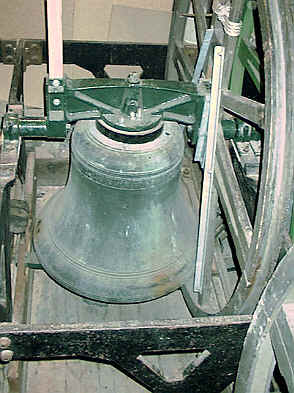
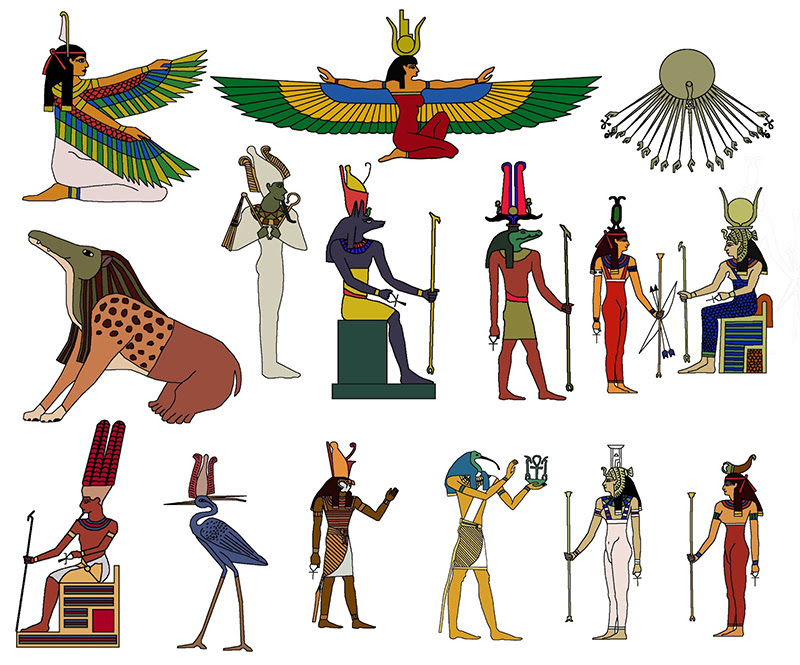
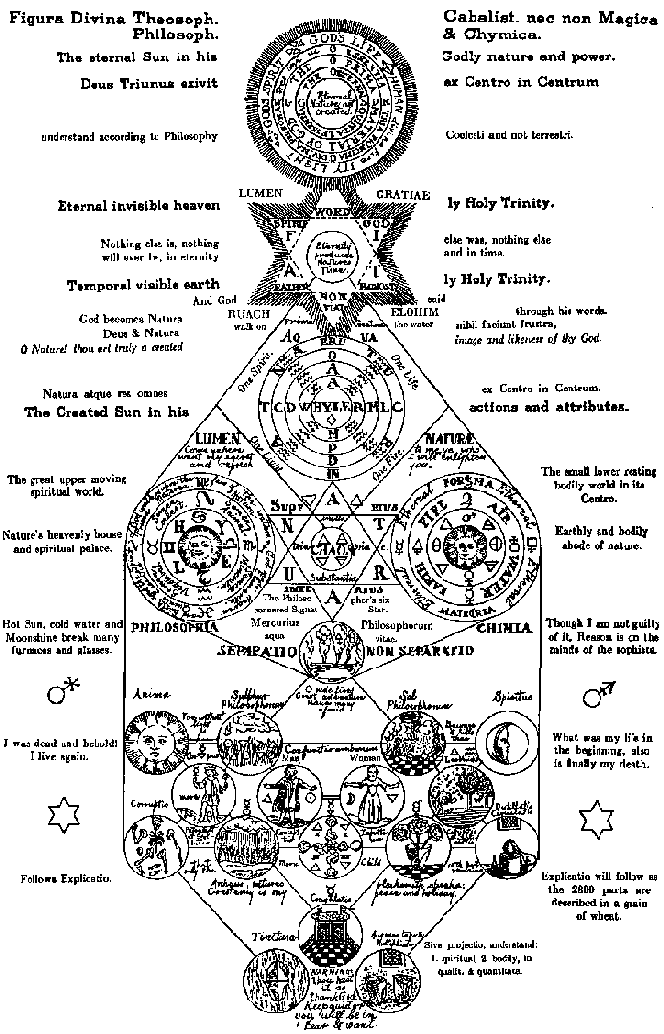
![The Serpent entwined round an [Orphic] Egg referred to the creation of the Universe Ouroboros](https://www.gnosticwarrior.com/wp-content/uploads/2015/11/Ouroboros.jpg)